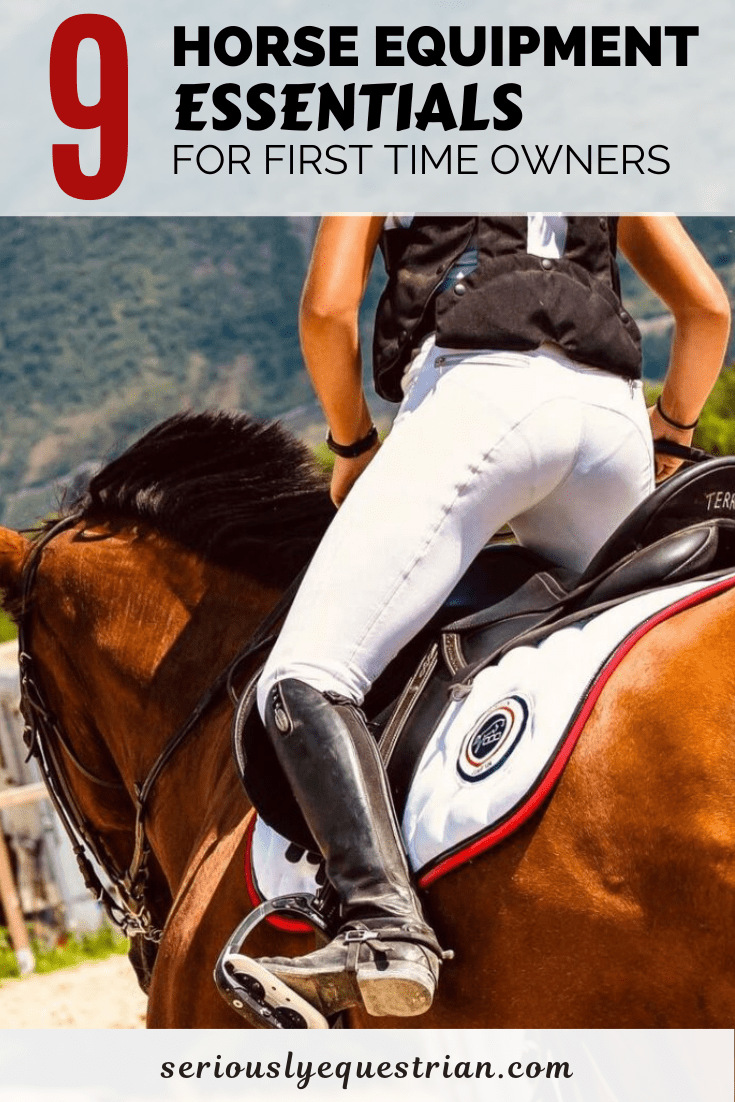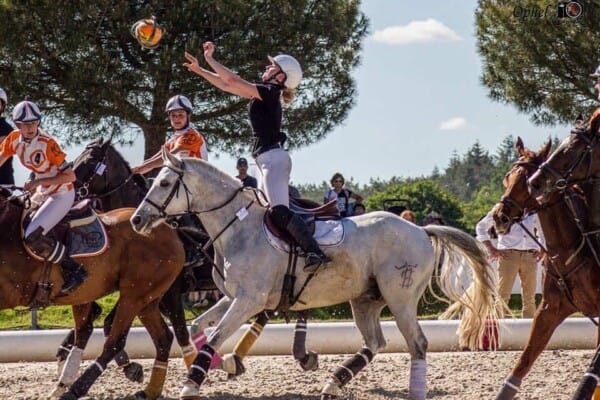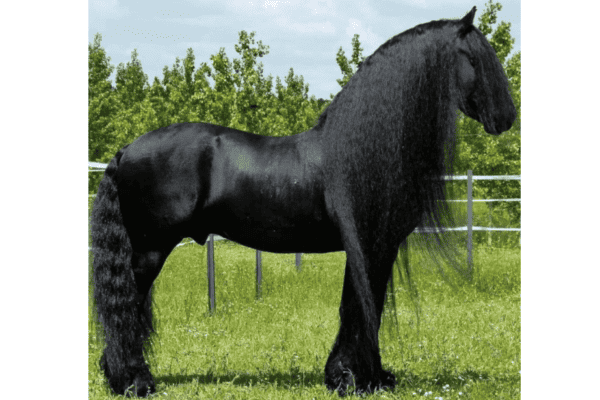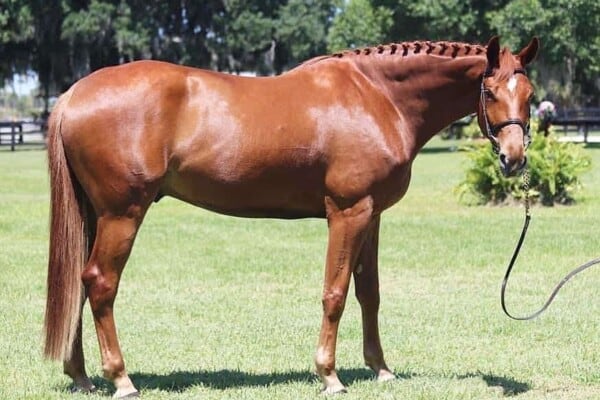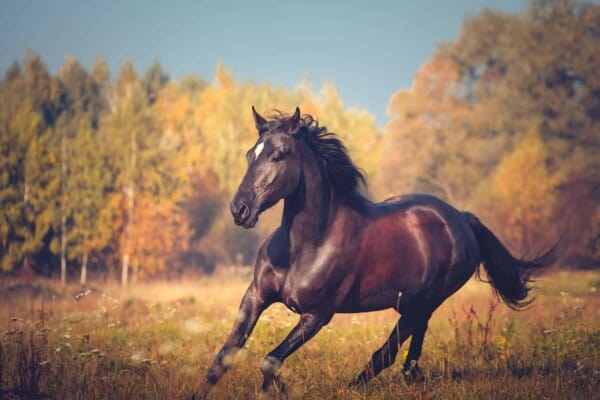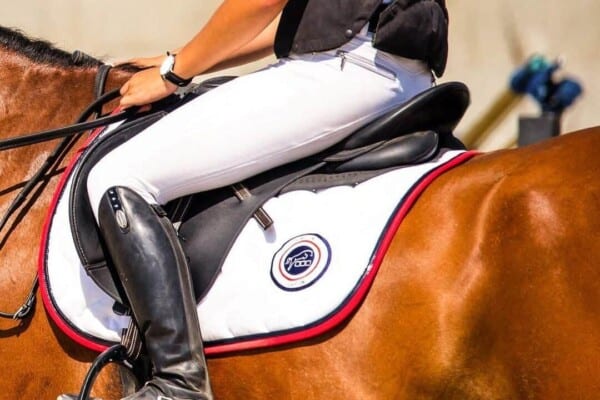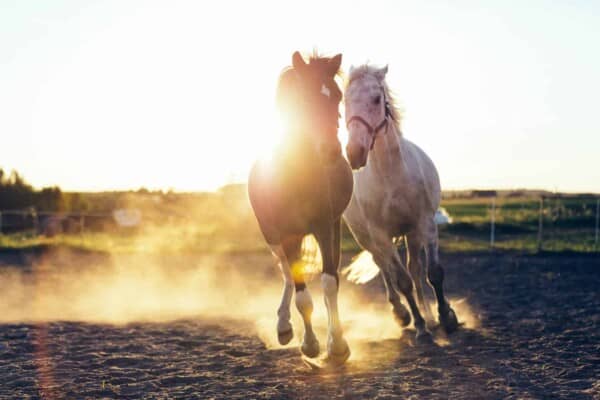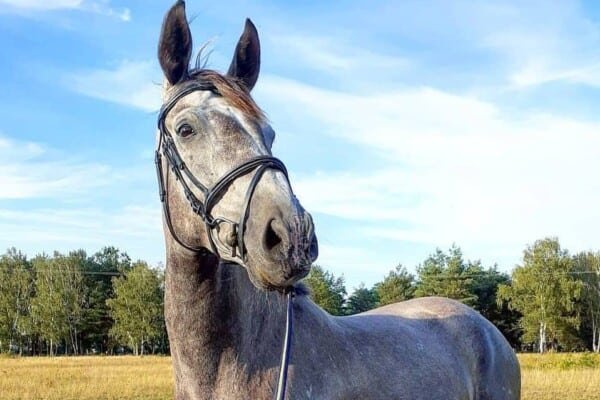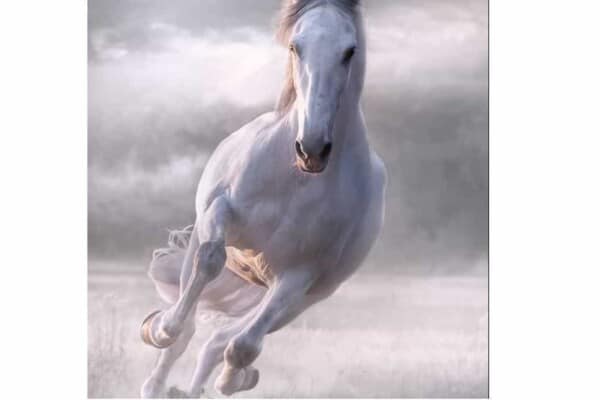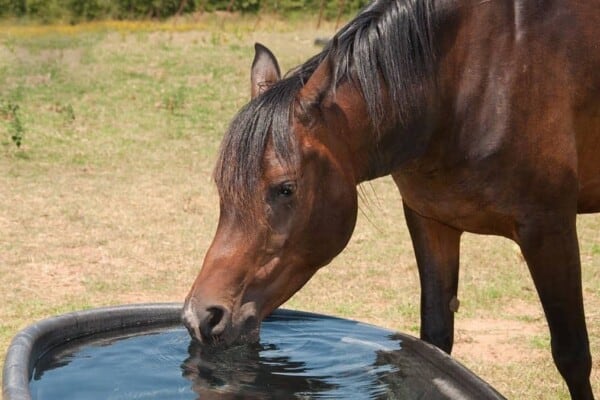Owning a horse is an expensive undertaking, especially for a first time owner that hasn’t built up a supply of equipment. However, after your initial outlay, your horse tack can last you years if you look after it well.
1. Grooming Kit
A grooming kit consists of a collection of tools to keep your horse sparkling clean and his coat shining. It should include a variety of brushes, each with a specific purpose. The basic brush essentials are a dandy brush, body brush, face brush, and a curry comb.
Start your grooming with the curry comb, moving it over the horse’s coat in a circular motion. It is like a massage for the horse; most of them love it! It also brings up dirt, dead skin, and loose hair. Follow a good curry with the dandy, the stiffest brush, or body brush, medium stiffness. These brushes will flick off any of the dirt and hair brought up by the curry comb. As a rule, you should only use a super soft brush on the horse’s face. You can also use this soft brush on the body coat as a final polish.
You will also need a hoof pick, preferably one with a small brush attached. Always pick out your horse’s feet before riding to remove any stones and dirt that could lead to issues, including hoof bruises. It also ensures you are monitoring your horse’s hoof health and will allow you to spot issues, such as thrush, early. Hoof dressing is another essential grooming kit item. Keven Bacon’s hoof dressing is an excellent choice if you can get it in your area. If not, don’t worry, there are many other options.
To round out an excellent grooming kit, add fly spray, mane and tail spray, a mane and tail brush, shampoo, sponges, tack cleaner, and clean towels. Finally, get something to store your grooming tools in. There is a huge choice of storage options ranging from grooming bags to large, specially designed boxes. You can even use a toolbox if stuck or on a tight budget and have one lying around.
Expert grooming tip – For a super shiny polish, spray some mane and tail product on a clean towel. Wipe your horse over with the towel; it will pull surface dust off your horse. Be careful not to go overboard in the saddle area, as it may cause slipperiness. Also, be cautious around your horse’s face to avoid getting the spray in his eyes.
2. Bridle
You will need a suitable bridle. You can buy these used, but it is better to buy a new one as it is likely to be safer. The last thing you want is the bridle to break while riding. If your horse rides with a bit, you’ll also need one of these. Finding the right bit can be overwhelming. There are literally hundreds of different types. However, your horse will most likely use a common type. It is a good idea to find out what bit the horse has been ridden in when you buy him or ask your trainer which one you should get.
3. Saddle pads
Saddle pads come in a variety of shapes and just about any color you can imagine. It is a good idea to have at least two since it’s important to keep your pad clean and have a backup.
4. Helmet
As a rider, your comfort and safety are essential. If you don’t own a helmet, buy a new helmet that meets current safety standards. Never buy a used helmet. You have no way of telling if it has been involved in a fall and thus compromised, providing you less protection. Pick out riding pants specifically designed for riders and avoid jeans. Jeans have seems that can create sores on your skin and damage your saddle.
5. Boots
Make sure you also have suitable boots with a heel and sole that isn’t too thick; it risks your foot getting stuck in the stirrup. Paddock boots or long riding boots are the best way to go. While not essential, chaps are worth considering.
6. Blankets
Depending on the climate where you live, your horse will need a wardrobe of blankets. For inside, you’ll want stable blankets, which range in weight from light sheets to heavyweight for the coldest nights. If your horse is outside in colder weather, you’ll want a turnout blanket. These come in different weights for levels of warmth, have a more durable outer layer, and are waterproof. For the summer, you can consider a fly sheet to protect your horse from biting insects that can irritate your horse or cause skin reactions.
7. Halter and Lead rope
To safely move and tie your horse, you’ll need a halter and a lead rope. It is a good idea to never leave a halter on a horse unattended in its stable or paddock, as it could get caught on something resulting in serious injury. If you absolutely must leave the halter on make sure it is a safety one that is designed to break if the horse gets caught on something.
As a horse owner, you’ll discover that there is always something new to buy your horse, even if it’s not essential. However, once kitted out with the essentials, you shouldn’t need to keep buying unless something breaks or wears beyond use. Finally, it is a good idea to keep a small fund set aside for when you need to replace something or just want to treat your horse to something new.
8. Saddle & Stirrups
If you’ll be riding your horse, you need a saddle. However, you can’t just buy any old saddle. The saddle must fit the horse and you correctly. A poor-fitting saddle can lead to many problems, including causing your horse pain and behavioral issues. Use a qualified saddle fitter to ensure the chosen saddle fits you and your horse.
The saddle will be the most expensive piece of tack you’ll purchase. Prices vary greatly, so don’t hesitate to buy used. Just because a saddle is the most expensive or brand new, doesn’t mean it will suit. Shop around until you find something comfortable for you both.
You will also need stirrups, and stirrup leathers. Again there is a wide choice. Leather stirrup leathers with a nylon inner will ensure the leathers don’t stretch over time and you can know they are always even. Stirrups come in traditional fillis irons or more modern safety stirrups designed to release your foot when you fall off.
9. Cinch/Girth
Finally, you will need a cinch which is also known as a girth (English riding). The girth is responsible for keeping the saddle in place on the horses back. It passes under the barrel of the horse, usually attached to the saddle on both sides by two or three leather straps called billets. Forcinches, one with an anatomical cut or fleece-lined will be the most comfortable for your horse
Conclusion
There are many other essentials that may be omitted from this list depending on the type of riding that you choose to do. Having some or most of the equipment above is a good start until you get the rest of the stuff that you need. In the meantime try to borrow if possible and always be on the look out in classified ads and on social media for good quality equipment that is available for reasonable price.


